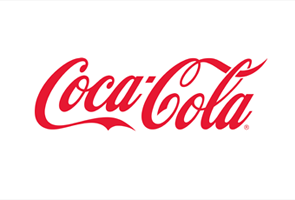The concept of storytelling is becoming a bigger part of even the largest corporations’ marketing strategies these days. Even Coca-Cola has hopped onto the content marketing bandwagon and is investing huge amounts of money in it. It is one of the biggest brands in the world with the second most recognized logo on earth and even it understands that a well-known brand still needs a good brand story.
So if Coca-Cola gets it, do you think it would be a good idea to follow its lead?
What Is a “Brand Story?”
Your brand story isn’t as much about what you have to say as it is
Simply put, your brand story follows the structure of any other: there’s conflict, there’s resolution. There’s rising and falling action and the climactic chapter wherein you capture the sale. The difference between a brand story and any other is that in most stories, you don’t know what the resolution to a conflict is going to be. Brand stories postulate the solution from the get-go, then go about proving it.
In the case of email, you might not dive right in with sales language, but it’s still understood that you’re selling something. It just takes longer to get around to telling the reader what that something is. In the case of blog or web content, the audience already knows what you think the solution is – now it’s time to convince them…
…and you do that with your brand story.
What Makes a Good Brand Story?
Every successful brand story has at least five basic elements. Every story is different, but if you look closely at the successful ones, you’ll find that all of these play in.
1. The Things That Set You Apart
People love a good story, and they like to root for the underdog, so talk about early failures or struggles within the company. People like being able to relate to
2. The Hero Angle
This builds on the previous point in that those early struggles can make you look successful. Not just that, they make you look successful in the face of adversity. People love drama. If your product represents the phoenix rising from the ashes, people are going to want it. The difficulty here is presenting your hero story in a way that frames your widget as the only viable option in a sea of inferior ones. A strong bond between your product and your brand story is vital for accomplishing this.
3. A Logical Progression
Think about your brand story in relation to any other. You can’t keep bouncing back and forth between conversation and hard sell. Most novels spend many chapters on rising action with a few pages devoted to the climax. You need to think about your brand story the same way. Getting to the point where sales start rolling in takes time. You can’t expect so sell on bullet points. Your brand story has to have a sense of development and flow.
4. Genuine Enthusiasm
Excitement is infectious. Just be careful that you don’t cross the line between enthused and overzealous. Your brand story has to express how much you believe in your brand, but it also has to communicate confidence in it. Too many times that sense of confidence gets lost in a message of desperation wrapped up in a hard sell. I’ve said it many times before: Good content doesn’t just convey a message, it carries a conversation. Talk enthusiastically about your brand but do it with sincerity and confidence.
5. Transparency
This point follows on the previous one in that sincerity and transparency go hand in hand. Not every product is for every consumer. Be willing to let your guard down enough to let people decide for themselves if your widget is the right fit for them. They will figure it out based on how well your brand story relates to their needs, wants, and experiences.
Do more explaining than convincing and leave room in your brand story for the prospect to weigh all the pros and cons. Remember that elements of your brand will be perceived as flaws by some but features by others.
